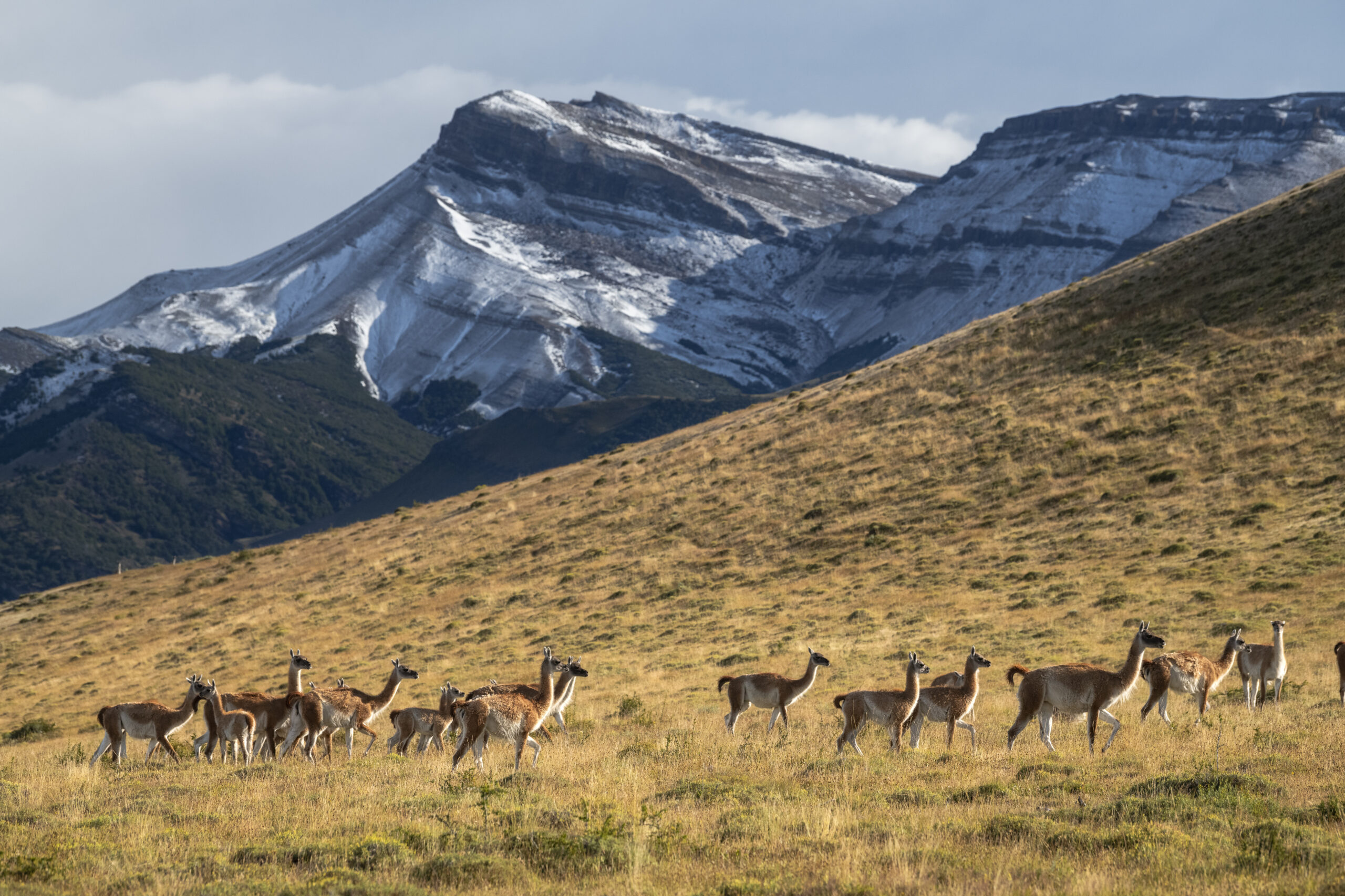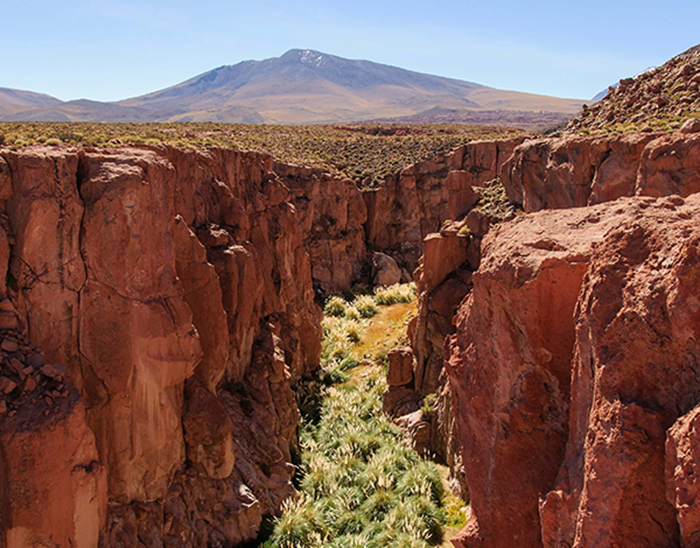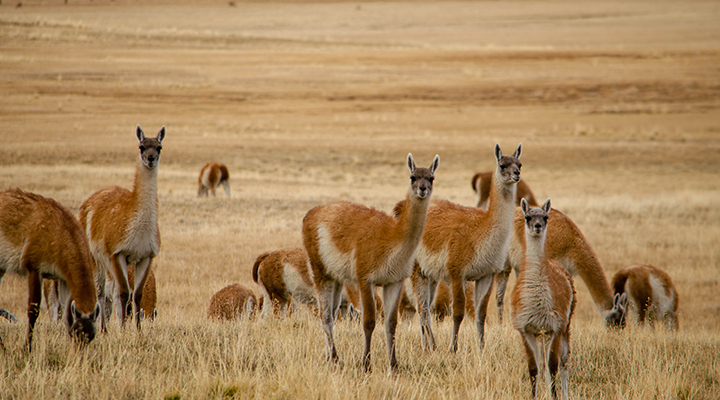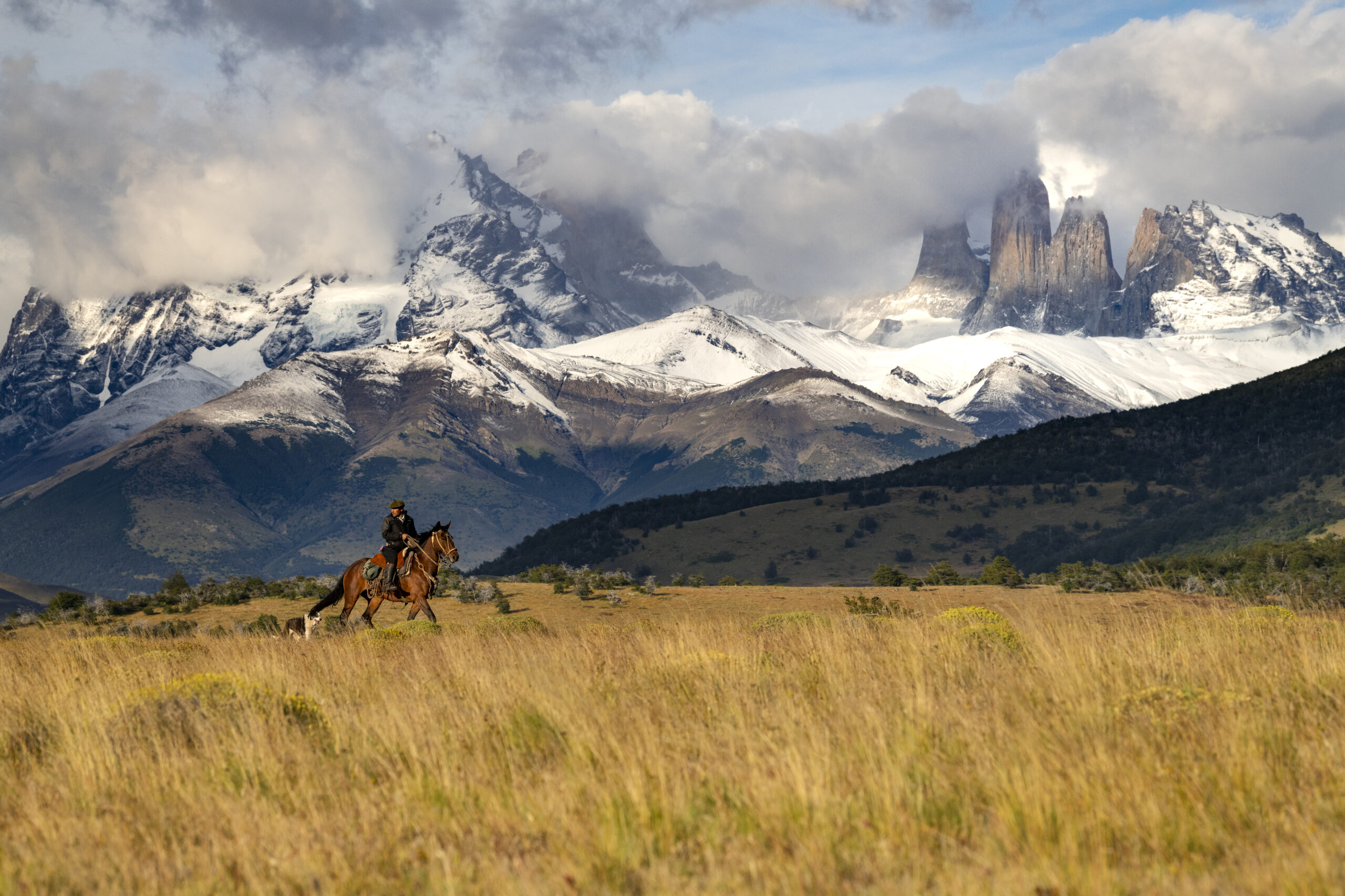About Conservation Reserves
Conservation Reserves are areas of exceptional ecological importance that are set aside for permanent conservation. This is accomplished through a legal instrument committing the area to perpetual conservation, the development of long-term conservation plans based on scientific research, and the creation of an endowment for perpetual financial sustainability. By preserving these vital ecosystems, Conservation Reserves aim to protect endangered species, maintain biodiversity, and mitigate the effects of climate change.
A CLIMATE AND BIODIVERSITY CRISIS
The signs of biodiversity loss are everywhere. Tropical forests, our greatest stores of biodiversity and carbon, are in retreat. Vital to migratory birds and fisheries, and also a major global carbon stock, coastal wetlands are deteriorating around the world. Although extinction is a natural phenomenon, scientists estimate that our planet is losing species at 1,000 times the natural rate of one to five per year. If we continue on our current trajectory, we face a future in which 30–50% of all species could be lost by the middle of the 21st century.
Climate change is exacerbating this loss, causing coral reef bleaching, the rampant growth of insect diseases in forests, and a severe loss of arctic species is expected. And it is a vicious circle: the loss of biodiversity also exacerbates climate change. In the Amazon, hydrological changes caused by deforestation could permanently dry millions of hectares of rain forest and alter the entire Amazon climate. The resulting economic cost will be staggering.
No doubt many CEOs in the private sector would like to protect nature. Some donate personal funds to conservation NGOs, and the organizations they manage can make token investments and make operational decisions to protect or restore biodiversity if they don’t affect profitability. However, they will not deploy capital for conservation or environmental projects that do not promise economic benefits. It is important to make the distinction. Philanthropy is a way of distributing profits. Investing is one way the private sector generates profit. Deliberately investing at a loss is not a realistic business model.”
Financing Nature: Closing the Global Biodiversity Financing Gap
Paulson Institute, The Nature Conservancy, Cornell Atkinson Center for Sustainability
OUR RESERVES

Torres del Paine Conservation Reserve
Located in one of Chile's most important natural areas, the Conservation Reserve is in a stunningly beautiful setting renowned for its vast landscapes and the Paine mountain range. The area is of great scenic beauty, with ridges, glaciers, waterfalls, rivers, lakes, and lagoons, and was declared a Biosphere Reserve by UNESCO in 1978.

Puritama Conservation Reserve
The Puritama Conservation Reserve, located in the depths of an Andean canyon in the Atacama Desert, holds a unique ecoregion where the Andean Altiplano and the driest desert in the world meet at the great lake of the Atacama Salt Marsh. It is located 60 kilometers north of the town of San Pedro de Atacama and its 6,000 hectares are an oasis of water and vegetation along the Puritama River from the Altiplano to the Atacama Desert.
PLAN YOUR VISIT TO THE CONSERVATION RESERVE TORRES DEL PAINE
The Torres del Paine Conservation Reserve will be on nearly 6,000 hectares of land next to Torres del Paine National Park and completely off the beaten path.
Above all, we will protect the land of the Torres de Paine Conservation Reserve and its culture, communities, and flora and fauna. Naturally, we intend to extend the same protection to Torres del Paine National Park.


